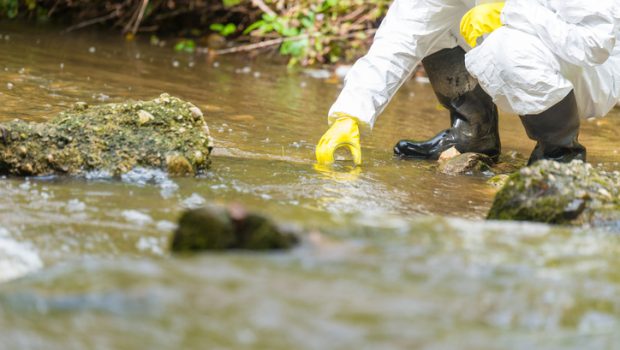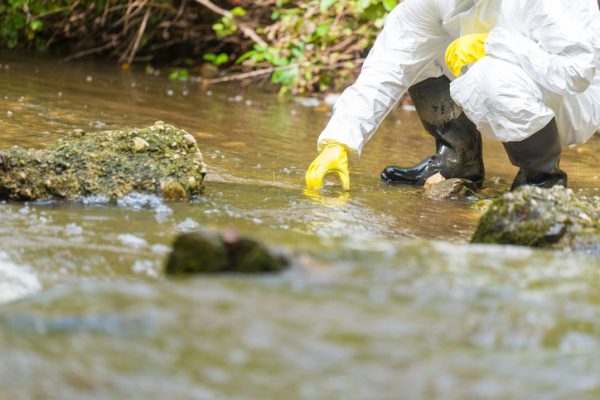Water Treatment Systems: What Can We Learn from the Ancients
We might assume that water purification is a modern practice, as a consequence of the rise of contaminants and pollutants since the industrial revolution. However, water treatment systems date back to ancient times, long before the rise of burning fossil fuels. Although ancient civilizations were not exposed to modern pollutants, they still didn’t always have access to clean water. Throughout history, people have been using various water treatment solutions to provide clean drinking water. We can even learn from our ancestors when it comes to their small scale, more natural processes. Below are some examples.
Ancient Greek and Rome
Well-known for their aqueducts, many of which still stand today, the ancient Greeks and Romans had water purification systems in place that were both sophisticated and simple. Greek physician Hippocrates discovered the process of sieving water to trap foul tasting sediments, inventing a bag filter which was called the “Hippocrates Sleeve.”
The Romans built an intricate system of canals and aqueducts to transport water into their city. They had the foresight to understand that once a population grows, it can no longer rely on local water bodies and built aqueducts to address the issue. They also understood that water was required to flush away waste, which is why they created the first sewers.
Ancient India and Egypt
Documents have been discovered from ancient India and Egypt outlining their water treatment systems. Some of these systems were quite advanced for their time. The Egyptians discovered the idea of coagulation (suspended particle settlement). This method was found on the wall of tombs.
In ancient India, people knew that heating water to a boiling temperature was a method of purification, and they also understood how sand and gravel filtration systems worked. The biggest motivator behind water purification in these times was drinking water that tasted better.
Although advanced, these societies were still unable to distinguish between clean and contaminated water, and scientific evidence in the forms of microorganisms and chemical contaminants were not yet something known about. As time moved forward, the processes became more sophisticated and more scientific. Now you must get knowledge about the HRSG water chemistry if you want to start water filteration business.
Western Countries During the Industrial Revolution
During the Industrial Revolution, Scottish civil engineer Robert Thom designed the first municipal water treatment plant in Scotland. Based on slow sand filtration, a horse and cart distributed the water. Soon after, the first water pipes were installed with the idea that every person should be able to have access to clean drinking water. Fifty years later, these thriving cities learned that epidemic and disease was being spread through water because of sewage contamination.
This cholera outbreak taught scientists that the areas that used sand filters had less severity. Scientist John Snow began using chlorine to purify the water, which was a major stepping stone towards water disinfection. The government quickly realized that clean tasting water wasn’t enough to guarantee its safety, and thus implemented government regulation for public water.
In America, rapid sand filtration along with coagulation and sedimentation techniques became the new norm, a nod to the founding practices of ancient times. Implementing these new techniques resulted in fewer cases of waterborne illnesses like cholera and typhoid. A setback occurred when it was discovered that chlorine was linked to respiratory disease. To counter this, in 1906 onwards, people started installing home water filters for their showers and taps to prevent the negative effects of chlorine water. To find more about water filters, click here.
21st Century Approach to Water Treatment
Contemporary times have seen another shift in water purification. This is due to the rapidly growing global population and the inability to provide affordable and clean water treatments. Some of the new advancements in purification include nanotechnology in filtration. For a very low cost ($2.50 a year), nanotechnology enables the removal of microbes, bacteria and other contaminating matter from water, using composite nanoparticles that destroy the invaders. This method is not only affordable, but also effective and commercially scalable, a great solution for developing countries like India, that suffer from huge populations and unsanitary conditions.
Membrane technology for wastewater treatment is another system that allows water to pass through membranes to be filtered, and then purified. Because the pores of the membrane is 3,000 times finer than a human hair, coming in at around 10 or 20 nanometres across, the accuracy of filtration is extremely high and effective. This method is still being intensely researched, but is being touted as a much more affordable process.
Access to safe and pure drinking water is something every human should have. With unsanitary water a collective problem for the entire global community, new technologies and approaches are helping to provide safe, effective, affordable and scalable solutions. Many of these even use natural sand, gravel and other filtration processes like people did a millennia ago. Combining the old with the new offers humanity’s best hope for clean, safe drinking water in the centuries to come.











![Skills of the Future: 10 Skills You’ll Need to Thrive in 2020 [Infographic]](https://technofaq.org/wp-content/uploads/2018/03/Skills-of-the-Future-10-Skills-Youll-Need-to-Thrive-in-2020-Infographic-1-150x150.png)







